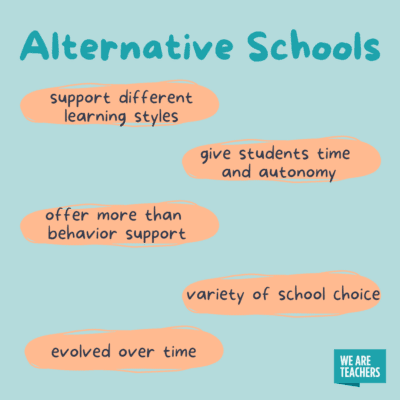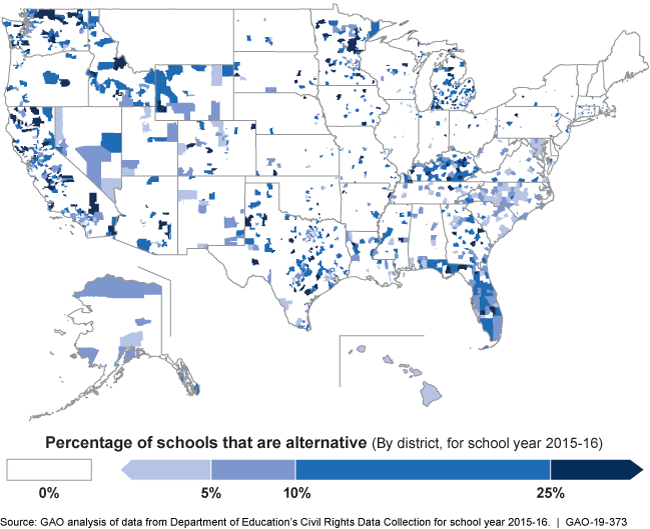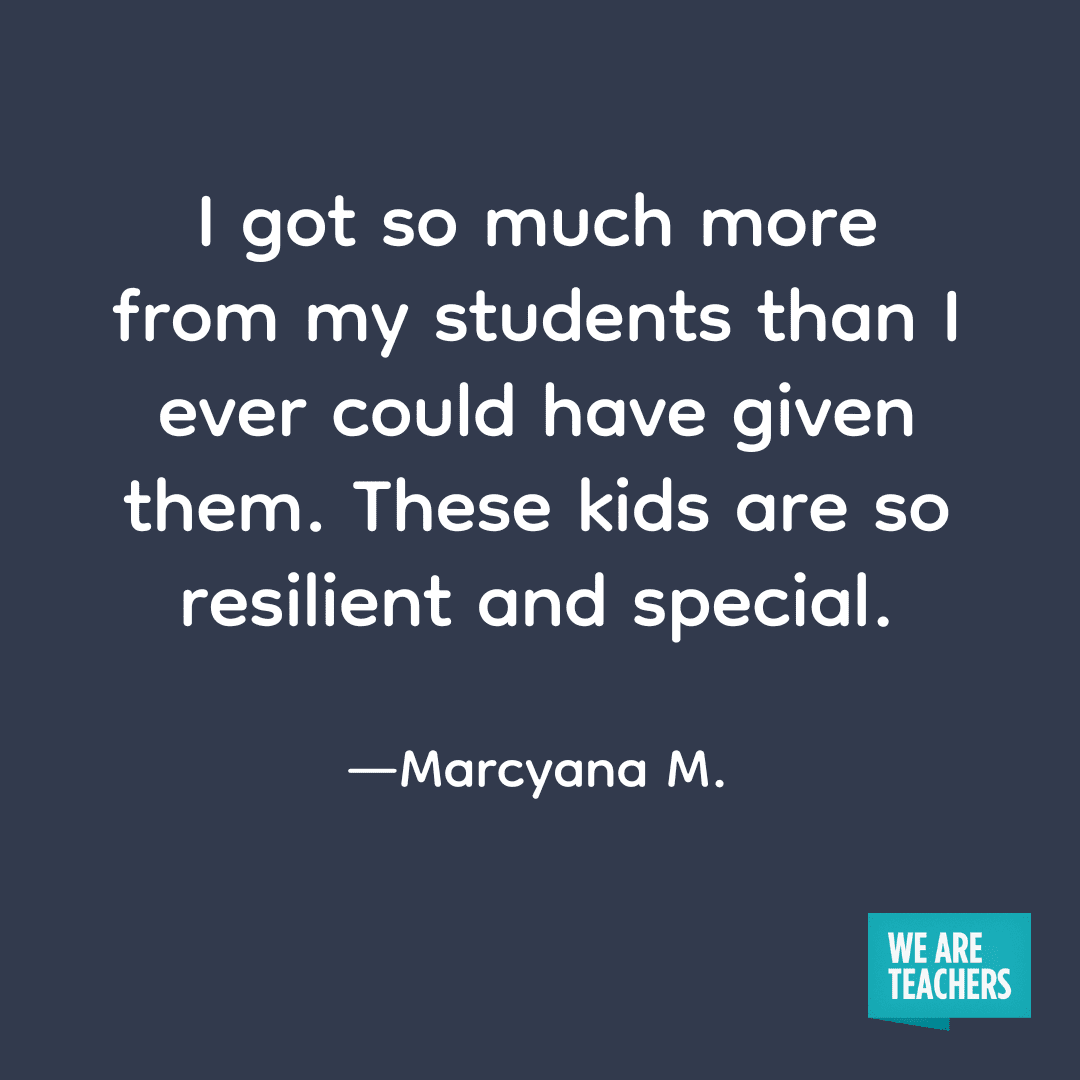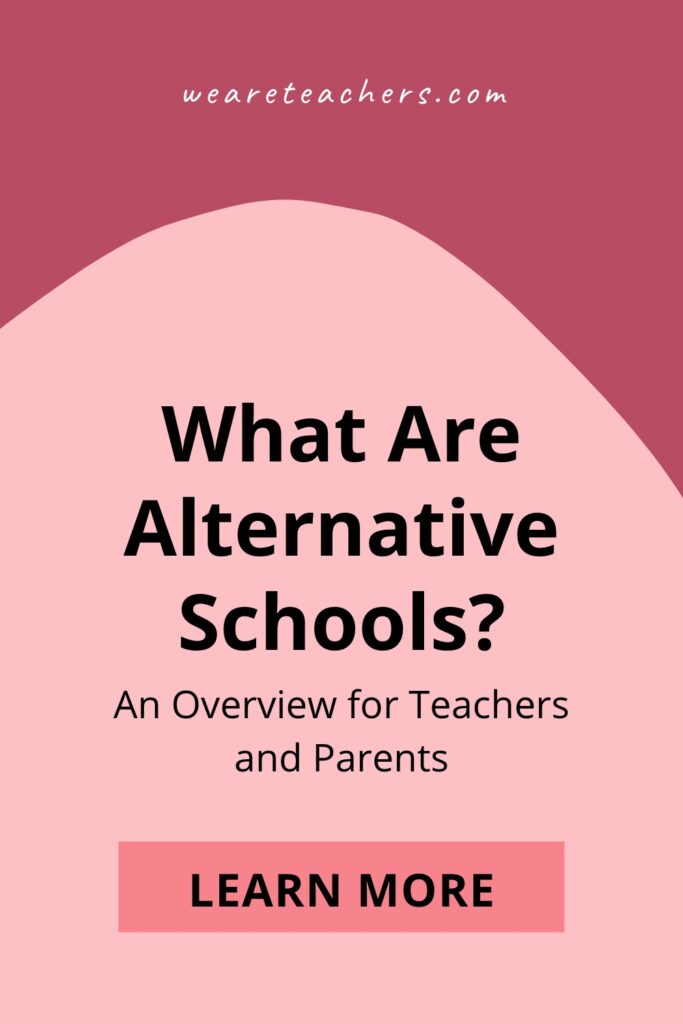What Are Alternative Schools? An Overview for Teachers & Parents

Educators know that every student has a different learning style. Many styles fit in well in traditional public or private schools, but sometimes that’s just not the case. When a child has specific needs that can’t be met in a traditional school setting, they might be a good candidate for an alternative school. But what are alternative schools, and what is it like to teach or learn at one? Let’s take a closer look.
What Are Alternative Schools?

There are a lot of unique educational experiences available, making it hard to give a simple answer to the question “What are alternative schools?” In general, any school that offers kids a non-traditional way to learn is an alternative school. These schools generally cater to students who haven’t been successful in traditional schools, often due to behavioral or academic issues.
Alternative schools can be public or private, and many (but not all) serve the middle or high school population. Many states and districts offer their own taxpayer-funded alternative schools, with options available for any student regardless of their financial situation. Private options abound as well, for those who can afford the tuition or are eligible for financial aid. The National Center for Education Statistics reported 10,900 alternative schools in the United States in 2001, and the number has likely grown substantially since then.
Do Alternative Schools Work?
Opinions differ on the value of alternative schools. Their graduation rates can be much lower than public schools, but proponents point out that the students who attend them would be less likely to receive their diploma from any school. Instead, they focus on the quality of education students do receive while they attend, even if they don’t graduate.
Skeptics point out that in many states, alternative schools are exempted from some or all accountability goals. By steering poor-performing students into alternate education options, states can improve their accountability metrics. In these cases, alternative schools may be more about serving public appearance than serving student needs.
That said, these non-traditional schools have been working to change their reputation in recent years. Rather than being places to which bad students are “banished,” these schools want to be places that help challenged kids succeed. If you’re considering working at or attending an alternative school, take the time to learn more about its specific goals, achievements, and culture.
Examples of Alternative Schools

Source: U.S. Government Accountability Office
Any non-traditional public or private school can be considered an alternative school. Some common examples include:
Alternative schools that are part of public school systems are sometimes located in the same building or campus as traditional schools. Other schools may have their own buildings or campuses.
Who attends alternative schools?
In 2013-14, a ProPublica survey found that about half a million students were enrolled in alternative schools in the United States. More than 20% of alternative school students were Black, and another significant portion identified as Hispanic. In general, their populations tend to be more diverse and often lower on the socioeconomic scale.
Alternative school students may:
- Need support with behavior or emotional issues.
- Have specialized talents or academic interests.
- Learn best on their own timelines or when following a specific learning style.
- Require alternate school hours due to an illness or family situation.
- Need special support as they recover from addiction or experience pregnancy.
- Be at-risk students who have dropped out or face the possibility of expulsion.
Any student who isn’t succeeding in a traditional school is a candidate for alternative school. Those in urban or suburban areas are more likely to find local schools to fit their needs. For others, a boarding school might be a good fit.
Teaching in Alternative Schools
A teacher’s experience in alternative schools can vary quite a lot. Those who teach in magnet or charter schools might have a more traditional experience, while those who work with kids in juvenile justice facilities or virtual schools will find things quite different. In many cases, teaching in these schools gives educators a chance to be truly inventive with their lesson plans, projects, and activities. They might have a chance to try things that traditional schools wouldn’t allow or encourage.
Depending on the school itself, you may or may not need state certification to teach there. Publicly funded schools generally require the same certifications as traditional schools. Privately run schools can vary. If you’re interested in serving in a non-traditional school, contact them directly to find out what their requirements are.
Real Teacher Experiences

Here’s what real teachers in the WeAreTeachers HELPLINE group on Facebook have to say about their own alternative school experiences.
“Some of my best teaching experiences were in this setting. It’s definitely a challenge and you have to completely rethink how you teach, but it will be some of the most rewarding work you will ever do! I think the longer you wait in your career, the less ready you will be. My first teaching was in this setting. If I was further along in my career like I am now, I probably would have been more set in my ways and hadn’t done it. Plus you will learn so much that you can apply to future teaching jobs you have.” —Brandy M.
“Building relationships with students is extremely important, but they may not open up right away. Be patient, otherwise they’ll see you as pushy. I try to meet with my kids one-on-one occasionally so we can discuss how things are going. Sometimes they aren’t doing well academically and I find out that there are problems outside of school. I’m fortunate enough to be able to do this because I have another staff member with me, I couldn’t do it if I was alone.
“Also remember you can only do so much. Don’t burn yourself out. Take time for yourself and your family. For a while I was working 12+-hour days at school and coming home and working more. … Don’t do that—you’ll burn out quickly.”—Janel G.
“I learned a lot teaching in juvenile corrections. However, it’s not easy. Public schools were much easier!” —Kathryn R.
“I know some people who have very successfully taught in that type of setting and loved it, but they’re also the kind of people who can leave work at work and emotionally disconnect from it at the end of the day instead of bringing each student’s emotional baggage home with them. They’re also very strong, confident, calm people who aren’t shocked by much. They felt like they were making a meaningful difference in their students’ lives, and they felt really safe because of all of the security. There were a lot of challenges, but they also had great administrators and co-workers who really supported each other through thick and thin.” —Susan A.
More Information About Alternative Schools
Want to learn more? Try these resources:
Do you have experience teaching in alternative schools or want more information? Drop by the WeAreTeachers HELPLINE group on Facebook to share or chat!
Plus, 10 Things About Childhood Trauma Every Teacher Needs To Know.


